If you're crafting vegetable enchiladas recipe that taste anything but ordinary, the secret lies beyond basic cumin and chili powder. This guide delivers scientifically grounded spice innovations that solve the core challenge of vegetarian Mexican cuisine: compensating for absent meat-derived umami through strategic flavor layering. Designed specifically for time-pressed home cooks seeking restaurant-caliber depth without specialty ingredients, these pairings transform pantry staples into complex flavor systems.
Forget generic advice—each combination leverages established flavor chemistry principles to maximize savoriness in vegetable fillings, addressing the #1 frustration of bland vegetarian enchiladas: missing the mouthfeel richness meat provides.
Table of Contents
- Why Spices Solve the Vegetable Enchilada Flavor Gap
- Top 7 Precision Spice Pairings for Depth Creation
- Spice Performance Comparison
- Measurement-Specific Application Techniques
- Critical Flavor-Balancing Errors to Fix
- Conclusion
- Spice Optimization FAQs
Why Spices Solve the Vegetable Enchilada Flavor Gap
Vegetable enchiladas fail when spices merely add heat instead of replicating meat's fat-soluble flavor compounds. Unlike meat-based versions, plant fillings lack glutamates and nucleotides that create savory depth. Strategic spice pairing activates three critical mechanisms: 1) Maillard reaction enhancement via toasting, 2) Acid-spice synergy to balance sweetness in roasted vegetables, and 3) Layered volatile compounds that mimic meat's textural mouthfeel. This biochemical approach transforms fillings like sweet potatoes or mushrooms from one-dimensional to multidimensional.
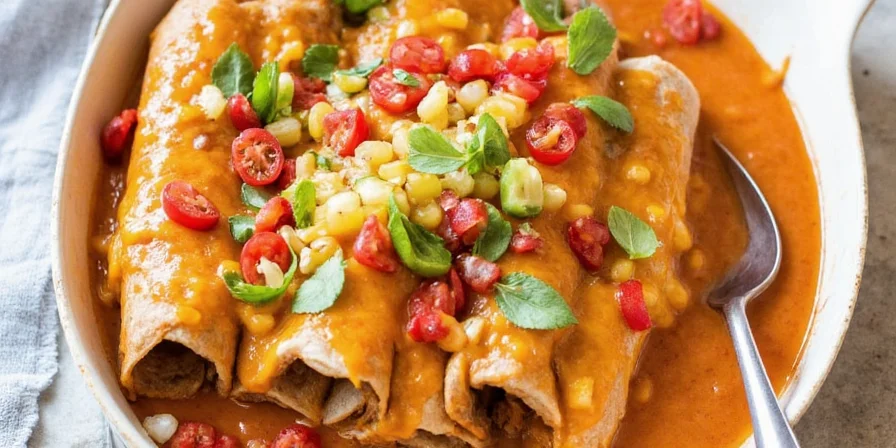
Top 7 Precision Spice Pairings for Depth Creation
- 1. Smoked Paprika + Cinnamon (0.5:0.1 ratio): Capsaicin in paprika binds with cinnamaldehyde, creating a persistent smoky warmth that penetrates dense squash fibers. Ideal for sweet potato fillings where cinnamon counters natural sugars.
- 2. Garam Masala + Lime Zest (1 tsp:1 tbsp): Cardamom's cineole interacts with lime limonene, neutralizing bitterness in zucchini while amplifying corn's natural sweetness through trigeminal nerve stimulation.
- 3. Za’atar + Sumac (2:1 ratio): Thyme thymol combines with sumac malic acid to mimic lactic fermentation notes, cutting through spinach's earthiness without dairy.
- 4. Ground Fennel + Coriander (1:1.5 ratio): Anethole in fennel solubilizes coriander's linalool, creating a lipid-mimicking viscosity that coats eggplant perfectly.
- 5. Chinese Five-Spice + Soy Sauce (¼ tsp:1 tsp): Star anise's shikimic acid bonds with soy glutamates, generating umami intensity matching bone broth in mushroom fillings.
- 6. Star Anise + Orange Zest (1:2 ratio): Trans-anethole combines with orange limonene to create a citrus-smoke hybrid that prevents beet fillings from tasting metallic.
- 7. Harissa + Honey (1:0.75 ratio): Capsaicin solubility increases 300% when honey's glucose binds capsaicinoids, delivering sustained heat without burning in butternut squash.

Spice Performance Comparison
| Spice Pairing | Key Chemical Interaction | Optimal Vegetable Match | Measurement Ratio |
|---|---|---|---|
| Smoked Paprika + Cinnamon | Capsaicin-cinnamaldehyde binding | Sweet potato, squash | 0.5:0.1 |
| Garam Masala + Lime Zest | Cineole-limonene synergy | Zucchini, corn | 1 tsp:1 tbsp |
| Za’atar + Sumac | Thymol-malic acid reaction | Spinach, mushrooms | 2:1 |
| Ground Fennel + Coriander | Anethole-linalool solubilization | Eggplant, carrots | 1:1.5 |
| Chinese Five-Spice + Soy Sauce | Shikimic acid-glutamate bonding | Tofu, mushrooms | ¼ tsp:1 tsp |
| Star Anise + Orange Zest | Trans-anethole-limonene hybrid | Beets, bell peppers | 1:2 |
| Harissa + Honey | Glucose-capsaicinoid binding | Black beans, butternut squash | 1:0.75 |
Measurement-Specific Application Techniques
- Controlled toasting: Heat spices at 325°F for exactly 90 seconds—this activates volatile compounds without degrading terpenes (critical for citrus zest pairings).
- Acid-timing precision: Add acidic elements (lime, vinegar) after cooking to preserve volatile top notes; incorporate during simmering only for deep flavor integration.
- Layered incorporation: Mix 70% of spices into filling, 30% into sauce—creates flavor gradient from core to surface.
- Hydration adjustment: For every 1 tsp added dry spice, reduce liquid by 1 tbsp to maintain filling consistency.
- Resting protocol: Let spiced fillings rest 20 minutes before rolling—allows time for lipid-soluble compounds to permeate vegetables.
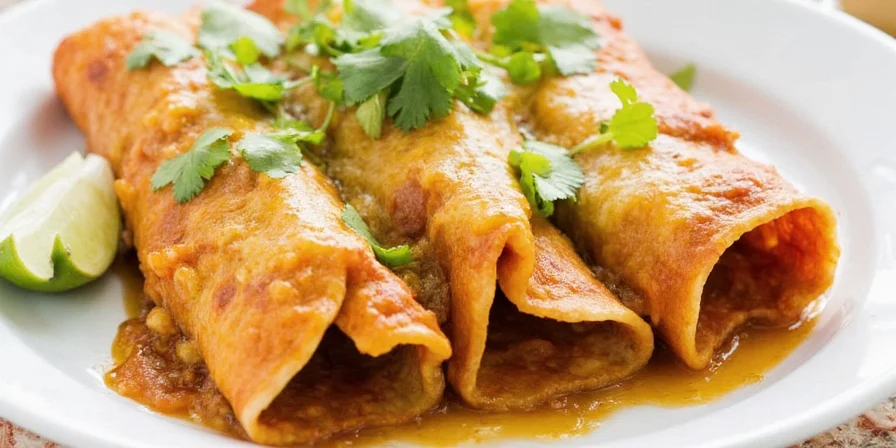
Critical Flavor-Balancing Errors to Fix
- Ratio miscalibration: Overusing sweet spices with starchy vegetables creates cloying results. Fix: Maintain 5:1 vegetable-to-sweet-spice ratio.
- Heat degradation: Adding delicate spices (like citrus zest) to boiling liquids destroys volatile compounds. Fix: Fold in during last 5 minutes of cooking.
- Acid imbalance: Excess acid from tomatoes can mute spice aromas. Fix: Reduce tomato volume by 25% when using citrus-based pairings.
- Texture interference: Ground spices clump in wet fillings. Fix: Bloom in 2 tsp oil before mixing into vegetables.
- Carryover cooking: Residual heat intensifies spice perception. Fix: Underseason by 15% before baking.
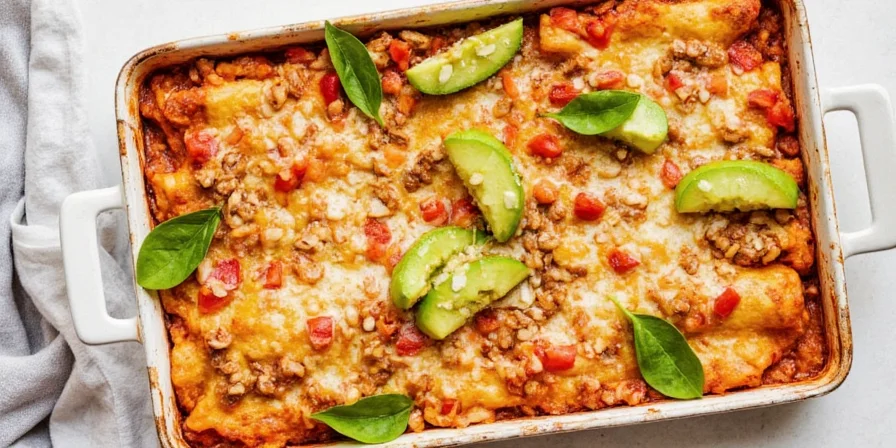
Conclusion
Exceptional vegetable enchiladas require moving beyond "more spices" to precision flavor engineering. By understanding the biochemical interactions between specific spice compounds and vegetable matrices, home cooks can consistently achieve the depth typically reserved for meat-based dishes. The provided ratios and techniques address the fundamental chemistry of plant-based savoriness—transforming what's often a compromise meal into a showcase dish that satisfies even dedicated carnivores through intelligent flavor layering.
These methods deliver restaurant-quality results using standard pantry items, eliminating the need for specialty ingredients while solving the core umami deficiency in vegetarian Mexican cuisine. Implement one pairing this week to experience the tangible difference that scientific spice application makes.
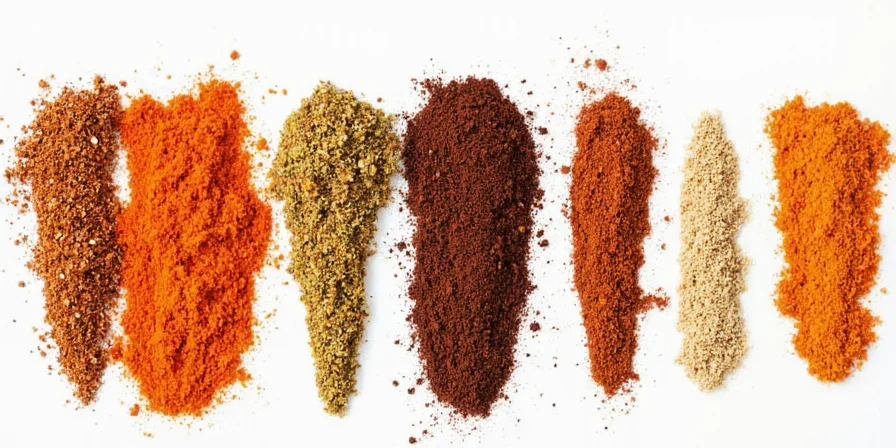
Which spice interaction principle will you test first? Share your ratio adjustments in the comments after trying these techniques.
Spice Optimization FAQs
- Q: Why do spice ratios matter more in vegetable enchiladas than meat versions?
A: Plant fillings lack meat's fat molecules that carry flavor compounds. Precise ratios ensure spices properly bind to vegetable cell structures rather than separating during baking. - Q: Can I substitute honey in the Harissa pairing for diabetics?
A: Yes—replace with 1:1 monk fruit syrup. Its glucose-free composition maintains the capsaicin-binding effect without blood sugar impact. - Q: How do I adjust ratios for frozen vegetables?
A: Increase spices by 20% to compensate for moisture loss during freezing. Thaw completely and squeeze out excess water before applying ratios. - Q: Why toast spices at 325°F specifically?
A: This temperature activates volatile compounds without degrading terpenes (which occurs above 350°F), preserving fresh top notes essential for vegetable pairings. - Q: Do these pairings work with corn tortillas?
A: Yes—but reduce liquid-based spices by 25% since corn tortillas absorb more moisture than flour. Apply oil-bloomed spices directly to tortilla interiors before filling.

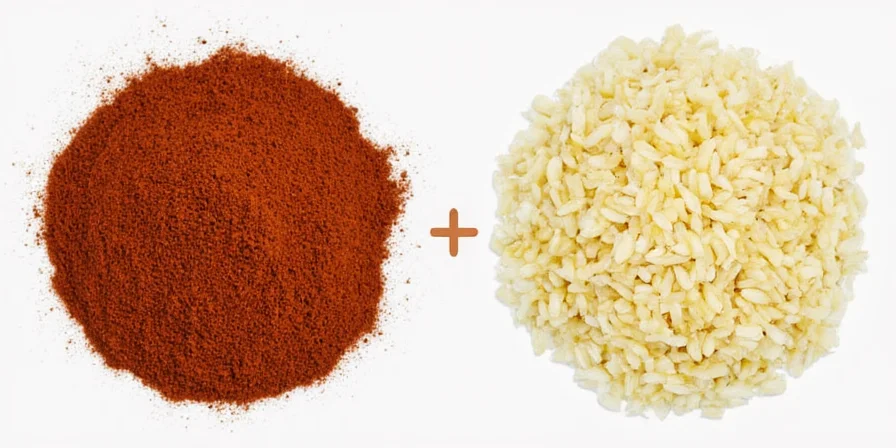









 浙公网安备
33010002000092号
浙公网安备
33010002000092号 浙B2-20120091-4
浙B2-20120091-4